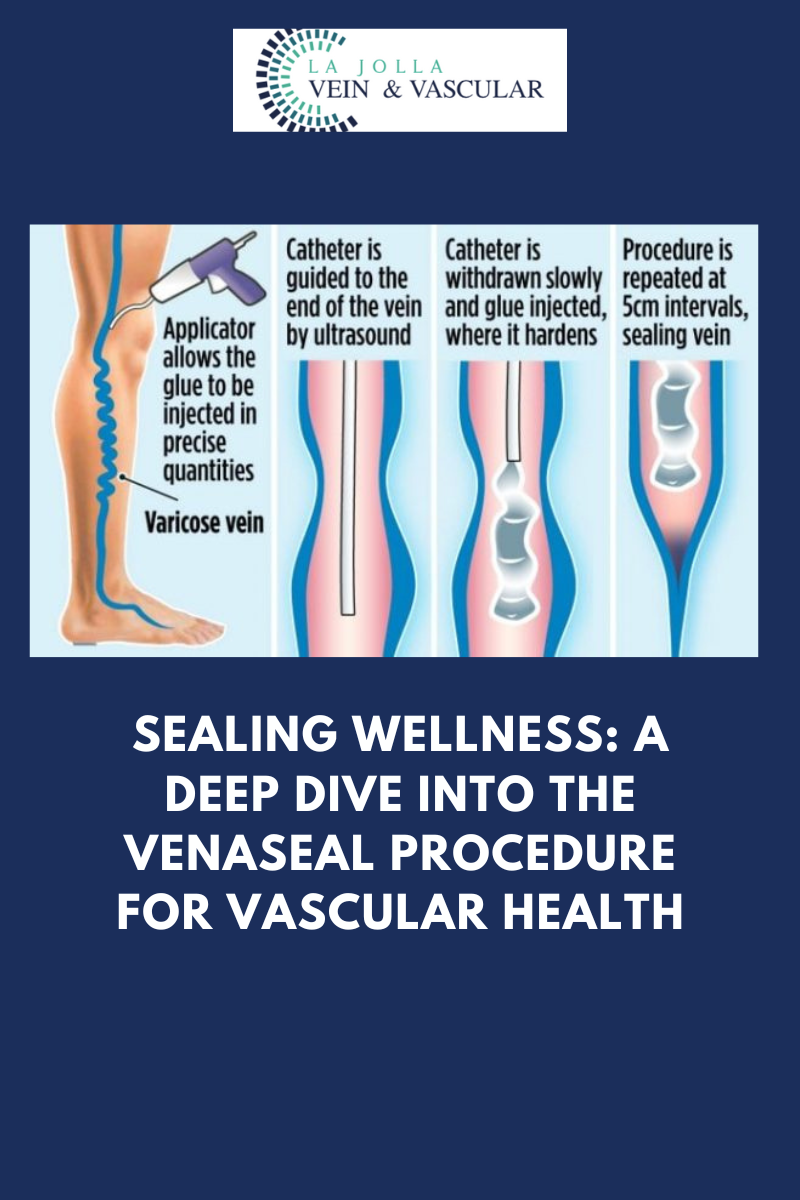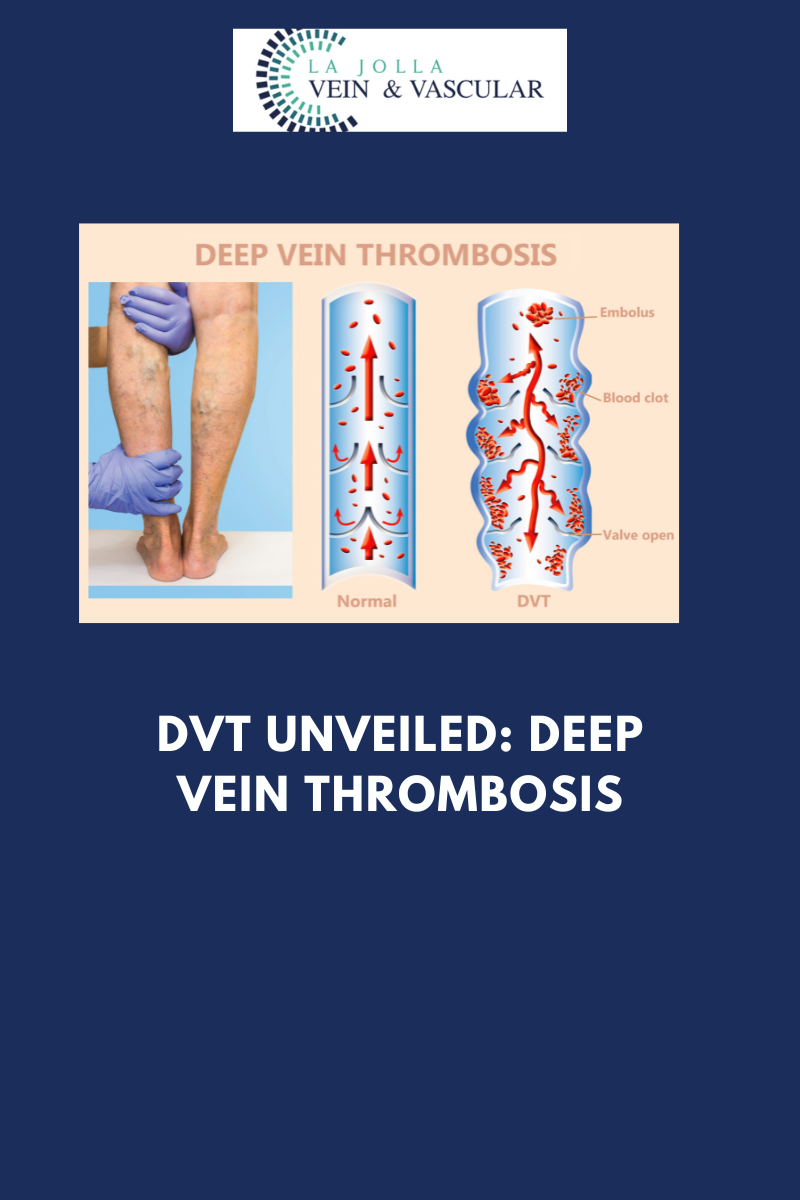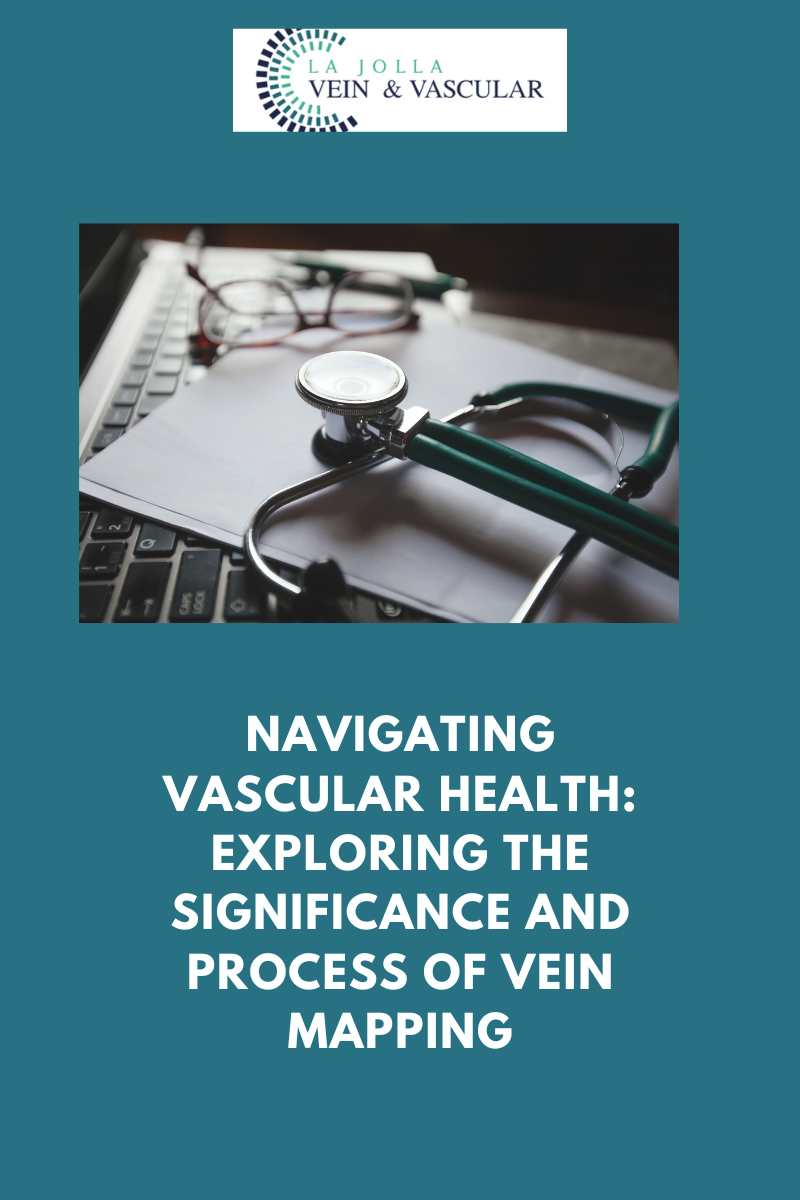How is venous reflux disease treated?

Venous reflux disease is also known as venous stasis, venous insufficiency or venous incompetence. Venous reflux disease refers to ‘leaky valves’ in the veins of the legs. Reflux may occur in the deep and/or superficial leg veins. The deep veins are those within the muscle; they bring at least 80-90% of the blood from the legs back to the heart. The superficial veins are outside of the muscle and under the skin.
The main superficial veins are the Great Saphenous Vein that courses up the middle of the thigh and calf and the small sphaneous vein, which courses up the back of the calf. Normally, there are one-way valves within the leg veins, which help blood flow in one direction: toward the heart. This means blood is traveling against gravity.
The calf muscle also helps move blood toward the heart. When vein valves are leaky, blood flows backward (reflux) towards the feet. Blood pools in the lower legs, causing bulging veins at the surface. Symptoms include leg heaviness, leg fatigue, leg pain, ankle swelling, phlebitis (inflamed and painful veins) restless legs at night, and night cramps.
Venous reflux disease is progressive and worsens over time. Skin changes may also develop, including darkening of the skin around the ankles. The darkening of the skin is sometimes referred to as venous stasis skin changes. The skin can become dry and itchy (venous eczema). Eventually, the skin can break down causing a wound, called a venous leg ulcer.
Step 1: The Underlying Problem
The first step is to treat the underlying problem, the venous reflux. The specific pattern of venous reflux was detected by ultrasound. Venous reflux usually starts in the saphenous veins. The saphenous veins are most effectively treated with vein ablation procedures. This involves placing a small catheter within the vein and using heat or a solution to produce injury and eventual closure of the vein. The most commonly used treatments for the saphenous veins are radiofrequency ablation (RFA), laser ablation, mechanico-chemical ablation (MOCA or Clarivein), and in some cases Varithena Foam. The treatment Step recommendation is customized, based on where reflux is present and other clinical factors.
Step 2: Varicose Veins
After the underlying saphenous vein reflux is corrected, the bulging veins (varicose veins) can be treated by injecting a foamed medication that will cause them to scar and eventually dissolve (foam sclerotherapy), or to remove them using tiny incisions. The most common method is foam sclerotherapy. This is also known as ultrasound-guided foam sclerotherapy (UGFS).
Step 3: Spider Veins
Spider vein treatment is always considered a cosmetic procedure. If improved cosmesis is a goal of treatment, make sure to discuss this with your doctor and plan on having cosmetic treatment as the last step. Spider vein treatment is accomplished by sclerotherapy, which is an injection of a liquid medication into the spider veins. Ask your provider for an estimate about how many treatment sessions/ vials are necessary to get the results you want.
“Bringing Experts Together for Unparalleled Vein and Vascular Care”
La Jolla Vein & Vascular (formerly La Jolla Vein Care) is committed to bringing experts together for unparalleled vein and vascular care.
Nisha Bunke, MD, Sarah Lucas, MD, and Elliot DeYoung, MD are specialists who combine their experience and expertise to offer world-class vascular care.
Our accredited center is also a nationally known teaching site and center of excellence.
For more information on treatments and to book a consultation, please give our office a call at 858-550-0330.
For a deeper dive into vein and vascular care, please check out our Youtube Channel at this link.
For more information on varicose veins and eliminating underlying venous insufficiency, check this link out full of resources.
Please follow our social media Instagram Profile and Tik Tok Profile for more fun videos and educational information.





